Question
Analyze the following questions. Flag 5) Following are the published weights (in pounds) of all of the team members of Football Team A from a

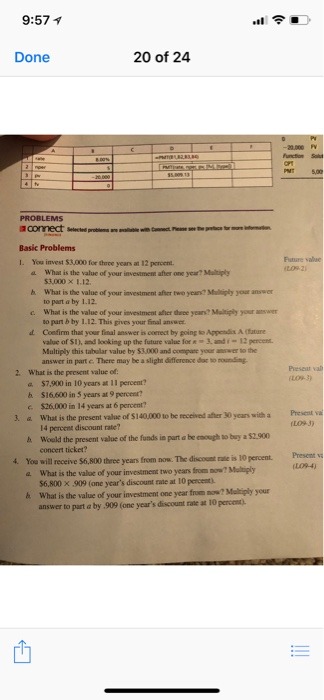
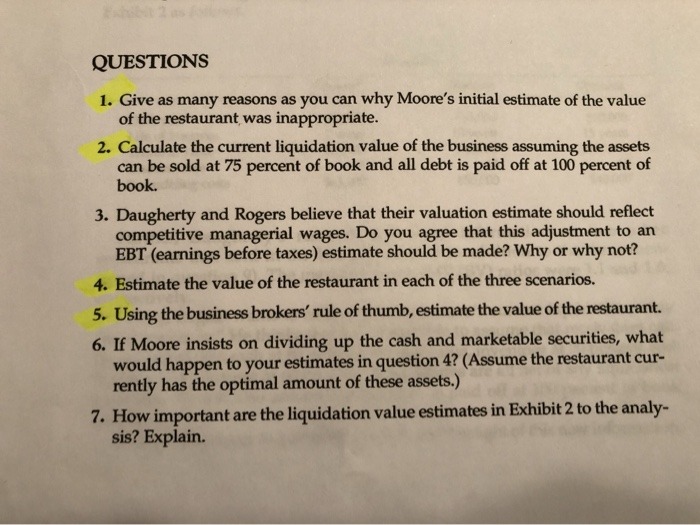
Analyze the following questions.
Flag
5) Following are the published weights (in pounds) of all of the team members of Football Team A from a previous year.
176; 203; 211; 211; 232; 205; 185; 185; 178; 210; 206; 212; 184; 174;
185; 242; 188; 212; 215; 247; 241; 223; 220; 260; 245; 259; 278; 270;
280; 295; 275; 285; 290; 272; 273; 280; 285; 286; 200; 215; 185; 230;
250; 241; 190; 260; 250; 302; 265; 290; 276; 228; 265
Part (a)
Find the median.
Part (b)
Find the first quartile. (Round your answer to one decimal place.)
Part (c)
Find the third quartile. (Round your answer to one decimal place.)
Part (d)
Construct a box plot of the data.
part (e)
The middle 50% of the weights are fromto.
Part (f)
If our population were all professional football players, would the above data be a sample of weights or the population of weights? Why?
a)The above data would be a population of weights because they represent all of the players on a team.
b)The above data would be a sample of weights because they represent all of the players from one year.
c)The above data would be a population of weights because they represent all of the football players.
d)The above data would be a sample of weights because they represent a subset of the population of all football players.
Part (g)
If our population were Football Team A, would the above data be a sample of weights or the population of weights? Why?
a)The data would be a population of weights because they represent all of the professional football players.
b)The data would be a sample of weights because they represent all of the professional football players.
c)The data would be a population of weights because they represent all of the players on Football Team A.
d)The data would be a sample of weights because they represent all of the players on Football Team A.
Assume the population was Football Team A. Find the following. (Round your answers to two decimal places.)
(i) the population mean, ?
(ii) the population standard deviation, ?
(iii) the weight that is 3 standard deviations below the mean
(iv) When Player A played football, he weighed 200 pounds. How many standard deviations above or below the mean was he?
standard deviations -( above or below) the mean
7) According to The World Bank, only 9% of the population of Uganda had access to electricity as of 2009. Suppose we randomly sample 166 people in Uganda. Let X = the number of people who have access to electricity.
(a) What is the probability distribution for X?
X ~ G(0.09)
X ~ G(166)
X ~ B(0.09, 166)
X ~ B(166, 0.09)
X ~ P(0.09)
(b) Using the formulas, calculate the mean and standard deviation of X. (Enter your mean to two decimal places and round your standard deviation to four decimal places.)
means= standard deviation=
(c) Use your calculator to find the probability that 15 people in the sample have access to electricity. (Round your answer to four decimal places.)
(d) Find the probability that at most ten people in the sample have access to electricity. (Round your answer to four decimal places.)
(e) Find the probability that more than 25 people in the sample have access to electricity. (Round your answer to four decimal places.)
8)The systolic blood pressure (given in millimeters) of males has an approximately normal distribution with mean
? = 120
and standard deviation
? = 14.
(a) Calculate the z-scores for the male systolic blood pressures 105 and 135 millimeters. (Round your answers to two decimal places.)
105 mm
z
=
135 mm
z
=
(b) If a male friend of yours said he thought his systolic blood pressure was 2.5 standard deviations below the mean, but that he believed his blood pressure was between 105 and 135 millimeters, what would you say to him? (Enter your numerical answer to the nearest whole number.)
He is ( correct/ incorrect) because 2.5 standard deviations below the mean would give him a blood pressure reading ofmillimeters, which is ( above/ in/ below) the range of 105 to 135 millimeters.
9) Suppose that the distance of fly balls hit to the outfield (in baseball) is normally distributed with a mean of 238 feet and a standard deviation of 56 feet. We randomly sample 49 fly balls.
Part (a)
If X = average distance in feet for 49 fly balls, then give the distribution of X.
Round your standard deviation to two decimal places.
X- ( ) ( , )
Part (b)
What is the probability that the 49 balls traveled an average of less than 226 feet? (Round your answer to four decimal places.)
Sketch the graph. Scale the horizontal axis for X. Shade the region corresponding to the probability.
Part (c)
Find the 60th percentile of the distribution of the average of 49 fly balls. (Round your answer to two decimal places.)
10) In six packages of "The Flintstones Real Fruit Snacks" there were eight Bam-Bam snack pieces. The total number of snack pieces in the six bags was 63. We wish to calculate a 96% confidence interval for the population proportion of Bam-Bam snack pieces.
Construct a 96% confidence interval for the population proportion of Bam-Bam snack pieces per bag. (Round your answers to three decimal places.)
(i) State the confidence interval. ( , )
ii) Sketch the graph along with X? in it
(iii) Calculate the error bound.
11) According to an article in Newsweek, the natural ratio of girls to boys is 100:105. In China, the birth ratio is 100:114 (46.7% girls). Suppose you don't believe the reported figures of the percent of girls born in China. You conduct a study. In this study, you count the number of girls and boys born in 150 randomly chosen recent births. There are 61 girls and 89 boys born of the 150. Based on your study, do you believe that the percent of girls born in China is 46.7? Conduct a hypothesis test at the 5% level.
State the distribution to use for the test. (Round your answers to four decimal places.)
P' ~
What is the test statistic? In z distribution round your answers to two decimal places
What is the p-value? (Round your answer to four decimal places.)
Construct a 95% confidence interval for the true proportion. Sketch the graph of the situation. Label the point estimate and the lower and upper bounds of the confidence interval. (Round your answers to four decimal places.)
12) Parents of teenage boys often complain that auto insurance costs more, on average, for teenage boys than for teenage girls. A group of concerned parents examines a random sample of insurance bills. The mean annual cost for 36 teenage boys was $670. For 23 teenage girls, it was $564. From past years, it is known that the population standard deviation for each group is $180. Determine whether or not you believe that the mean cost for auto insurance for teenage boys is greater than that for teenage girls. Conduct a hypothesis test at the 5% level.
Part (d)
State the distribution to use for the test. (Round your answers to two decimal places.)
Xboys ? Xgirls ~ ( , )
Part (e) What is the test statistic? (If using the z distribution round your answer to two decimal places,
Part (f)
What is the p-value? (Round your answer to four decimal places.)
(ii) Explain what the p-value means for this problem.
a)If H0 is false, then there is a chance equal to the p-value that the sample average annual cost of insurance for boys is at least $106 more than the sample average cost for girls.
b)If H0 is true, then there is a chance equal to the p-value that the sample average annual cost of insurance for boys is $106 less than the sample average cost for girls.
c)If H0 is true, then there is a chance equal to the p-value that the sample average annual cost of insurance for boys is at least $106 more than the sample average cost for girls.
d)If H0 is false, then there is a chance equal to the p-value that the sample average annual cost of insurance for boys is $106 less than the sample average cost for girls.
Part (g)
Sketch a picture of this situation. Label and scale the horizontal axis and shade the region(s) corresponding to the p-value.
13) Indicate which of the following choices best identifies the hypothesis test.
A study is done to determine if students in the California state university system take longer to graduate than students enrolled in private universities. One hundred students from both the California state university system and private universities are surveyed. From years of research, it is known that the population standard deviations are 1.5811 years and 1 year, respectively.
a)matched or paired samples
b)independent group means, population standard deviations and/or variances unknown
c)independent group means, population standard deviations and/or variances known
d)two proportions
e)single proportion
f)single mean
14) Indicate which of the following choices best identifies the hypothesis test.
According to a recent study, U.S. companies have an average maternity leave of six weeks.
a)matched or paired samples
b)independent group means, population standard deviations and/or variances unknown
c)independent group means, population standard deviations and/or variances known
d)two proportions
e)single proportion
f)single mean
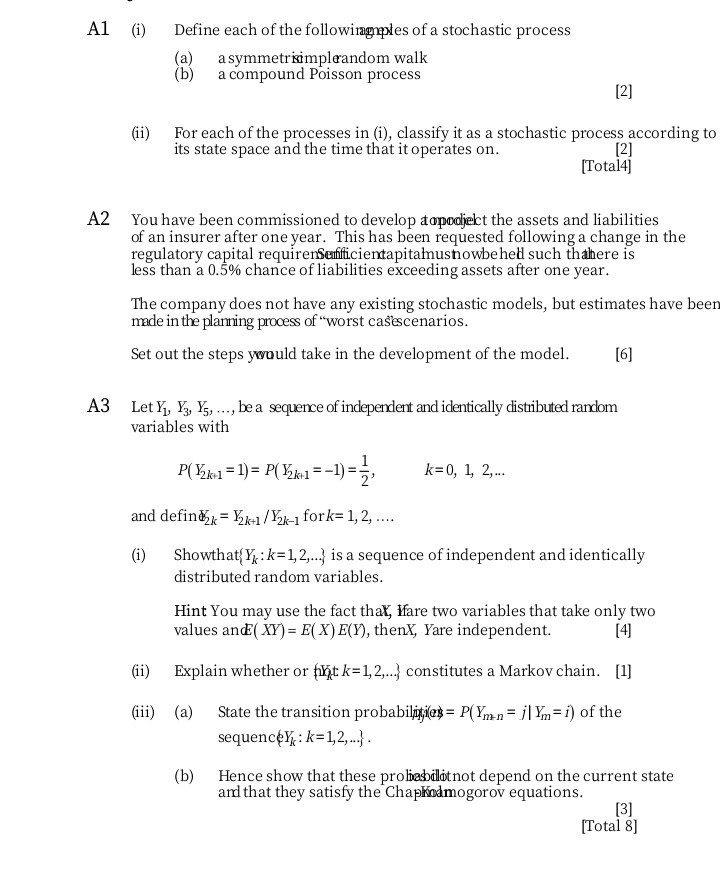
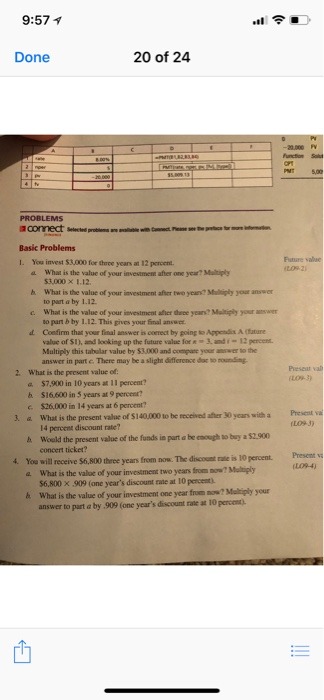
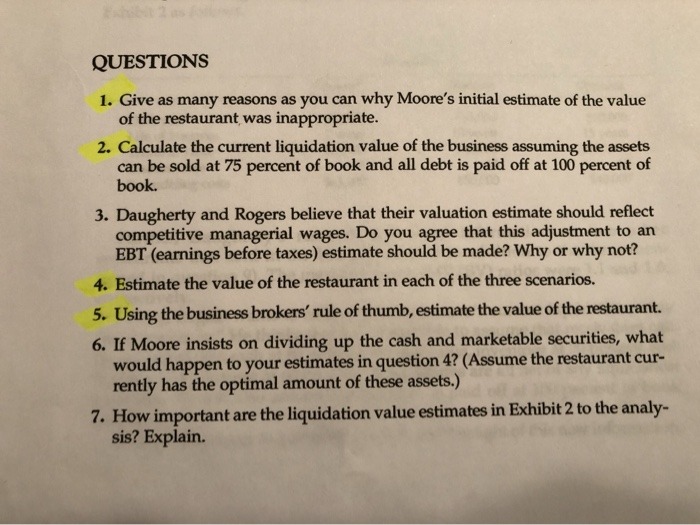
Step by Step Solution
There are 3 Steps involved in it
Step: 1

Get Instant Access to Expert-Tailored Solutions
See step-by-step solutions with expert insights and AI powered tools for academic success
Step: 2

Step: 3

Ace Your Homework with AI
Get the answers you need in no time with our AI-driven, step-by-step assistance
Get Started


